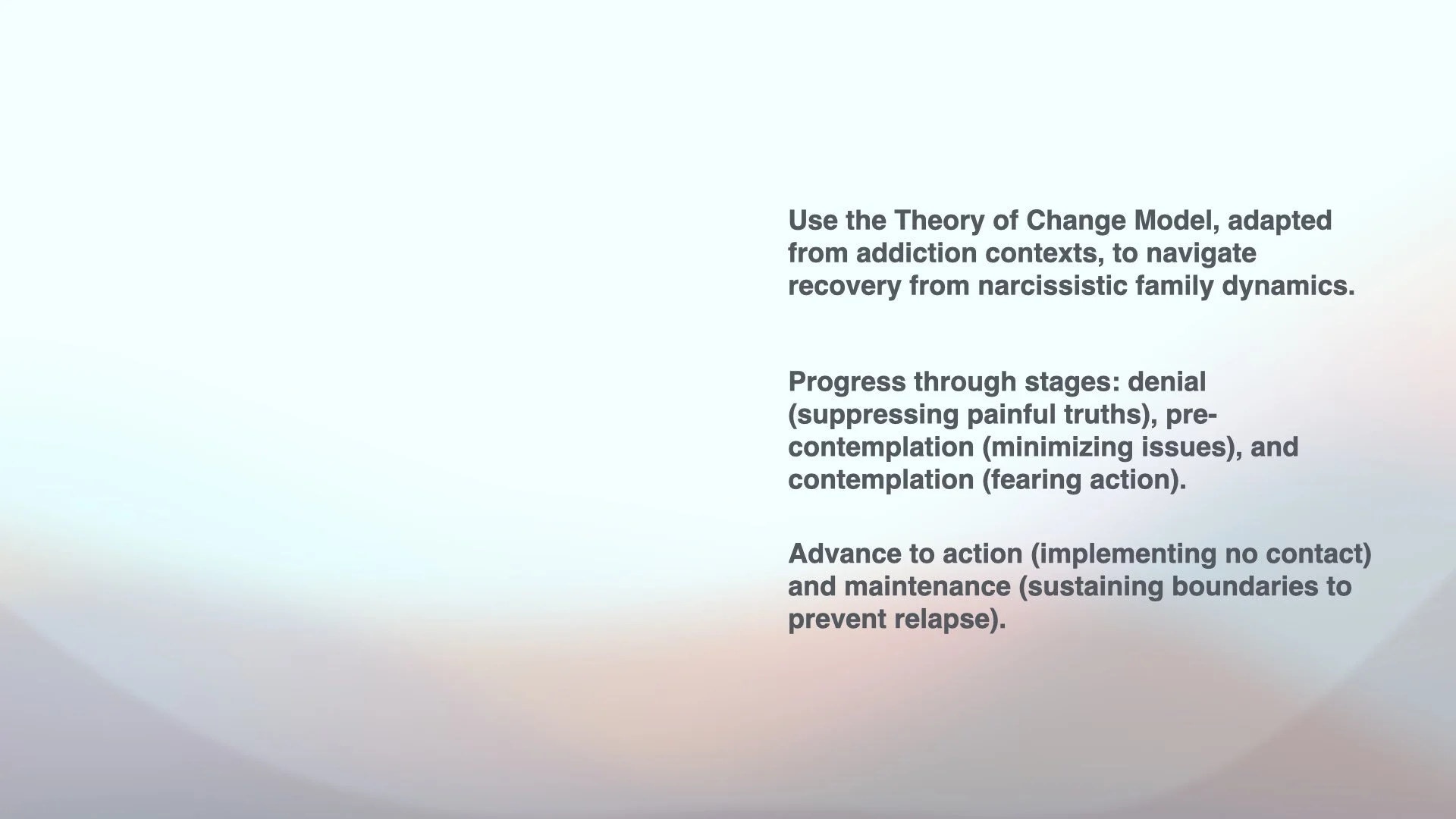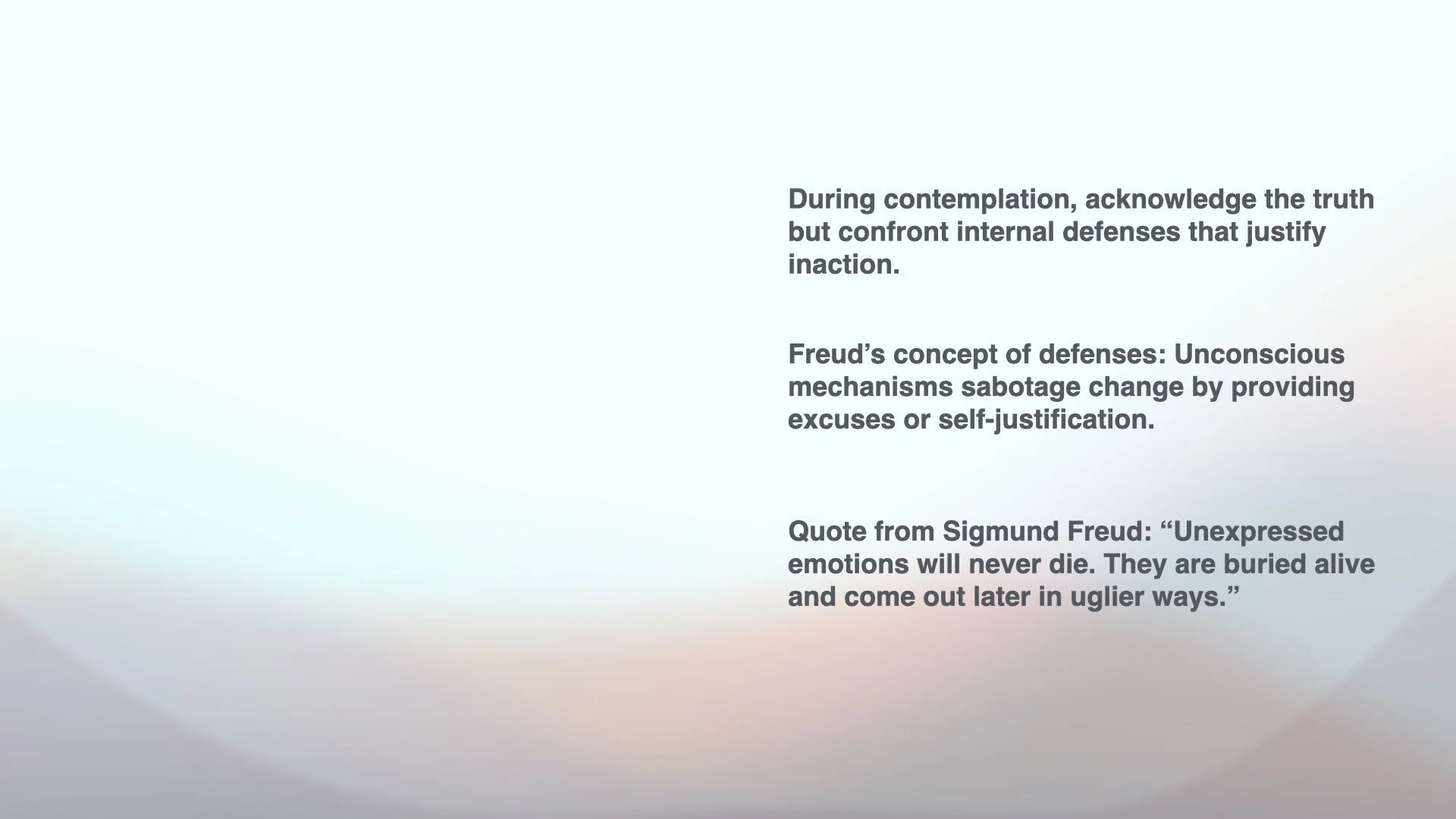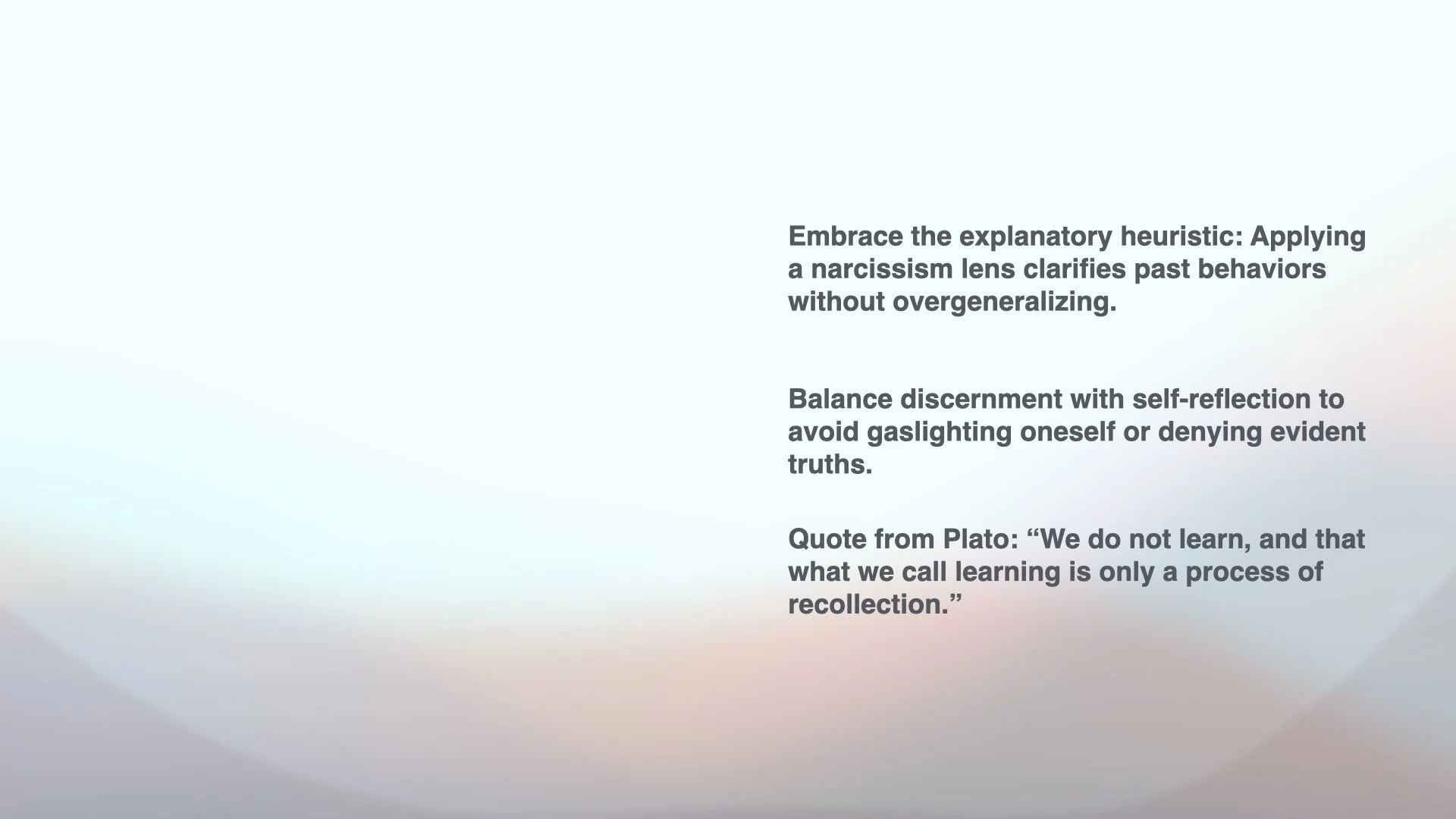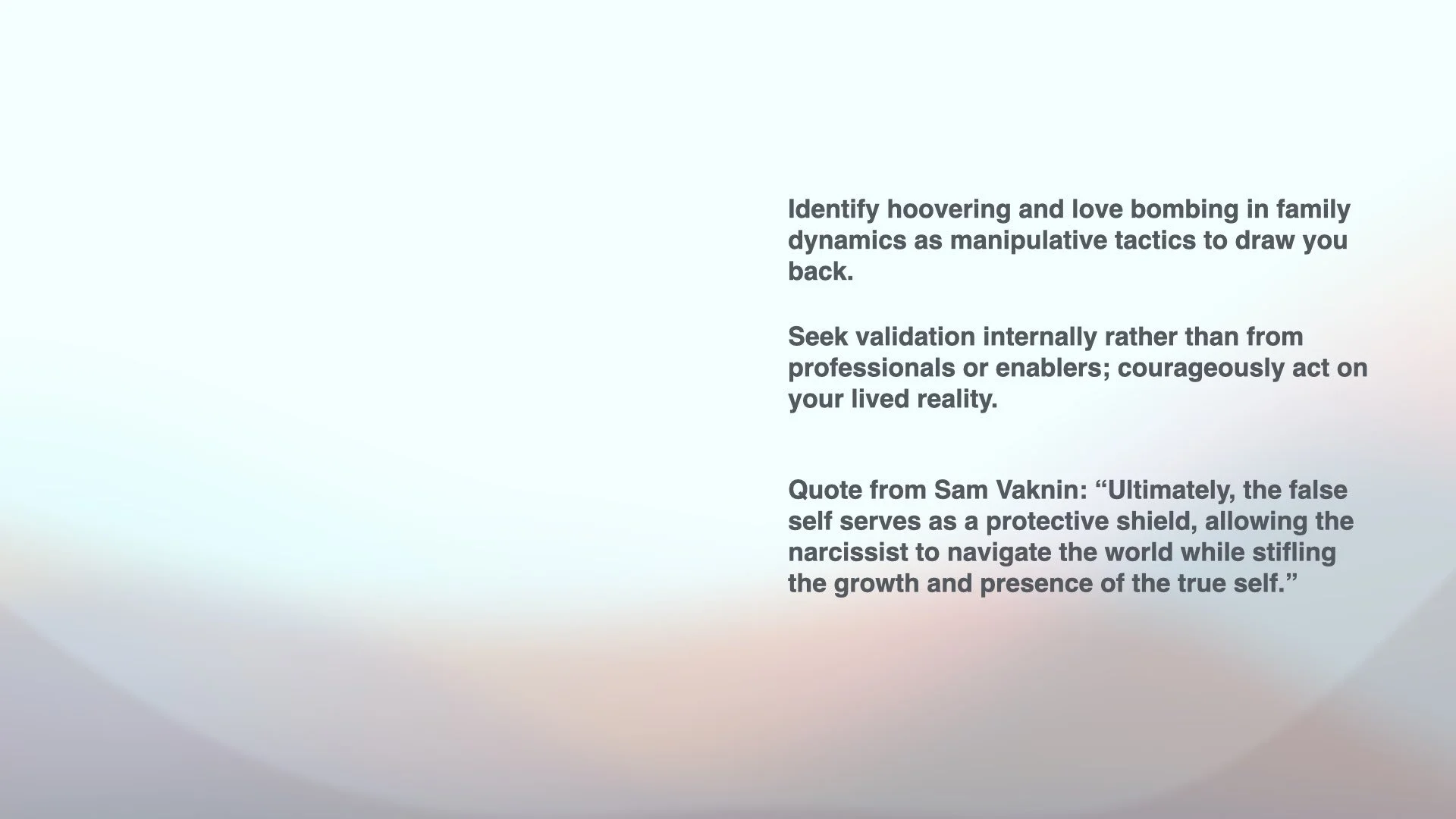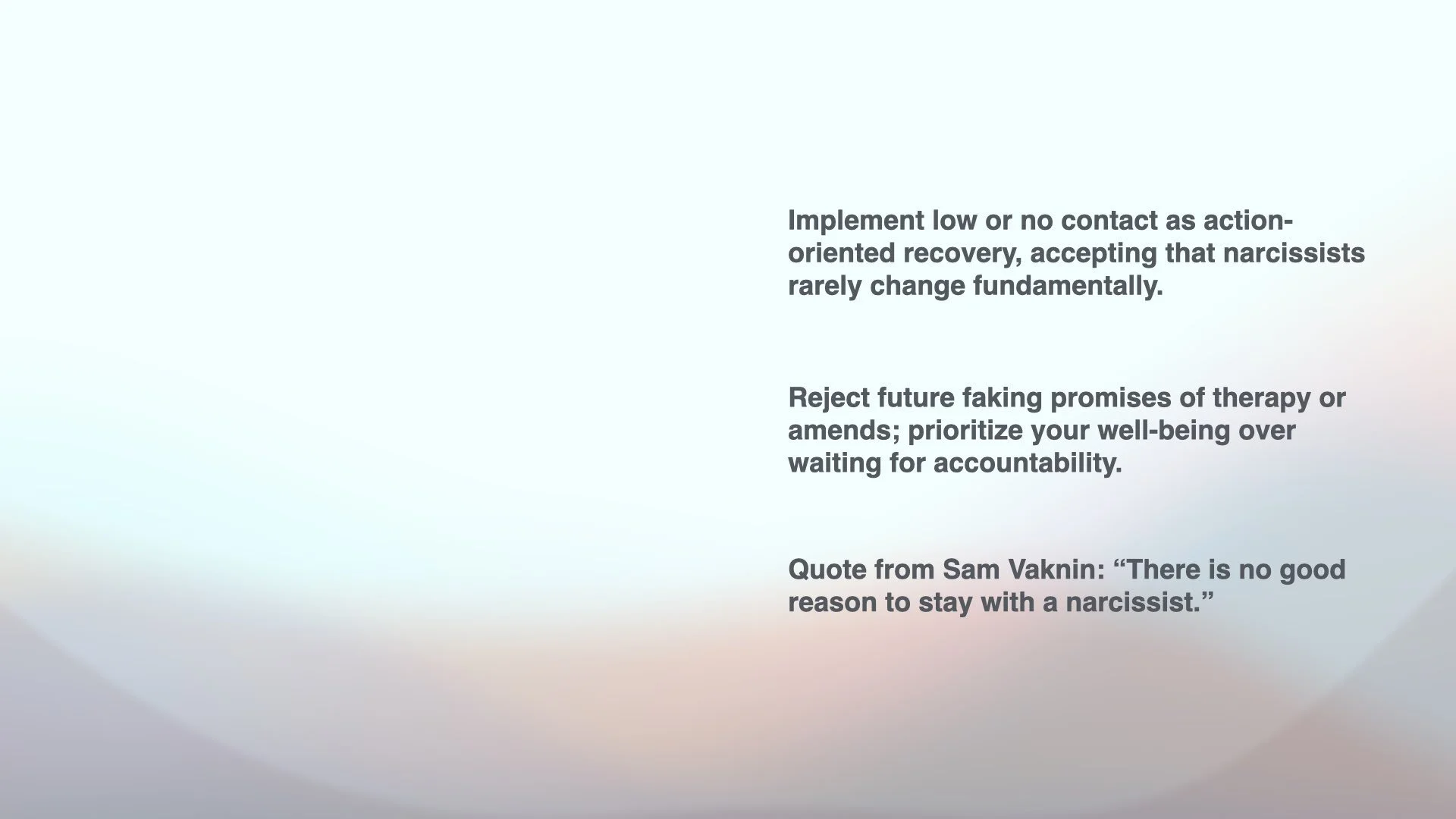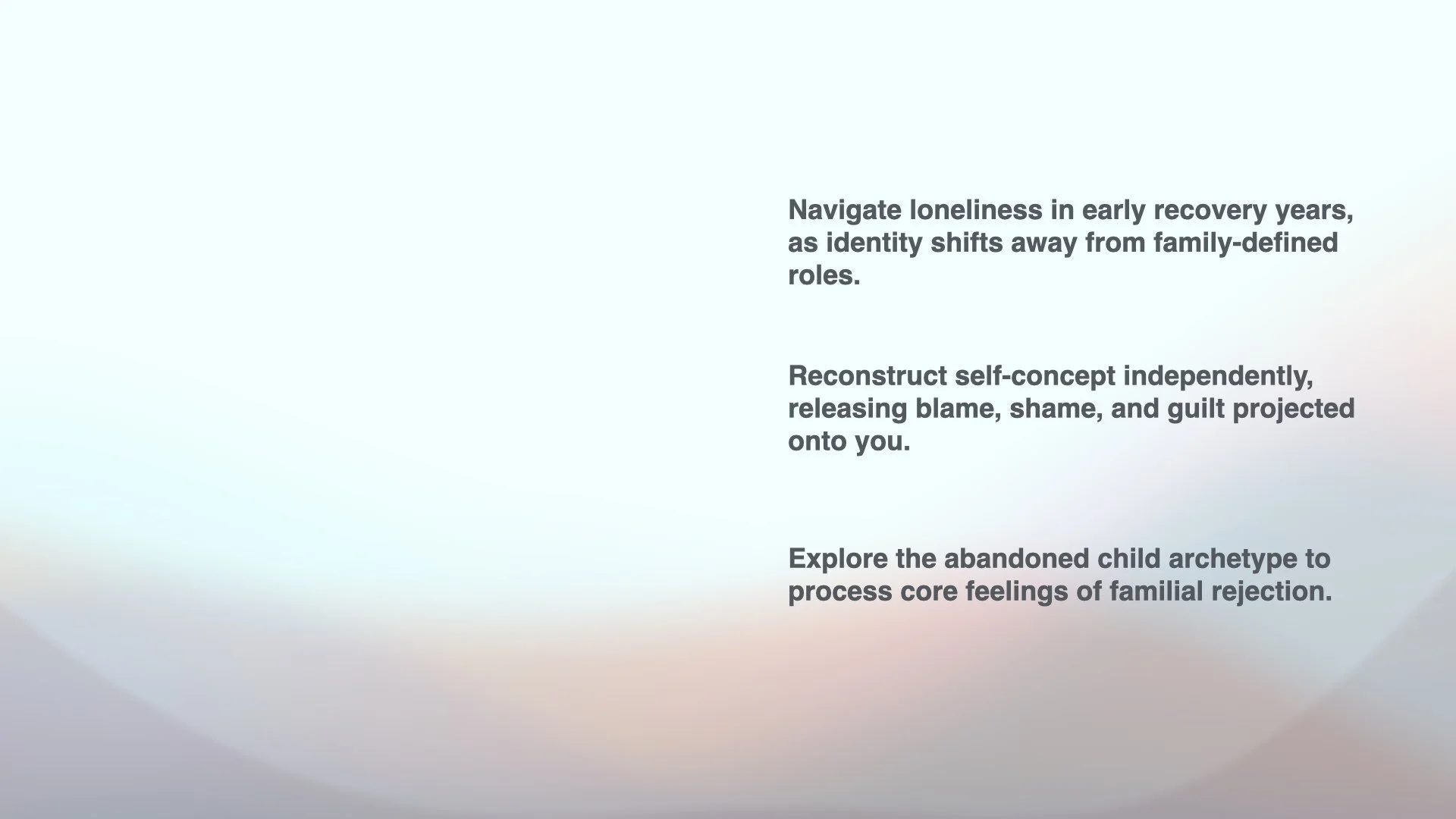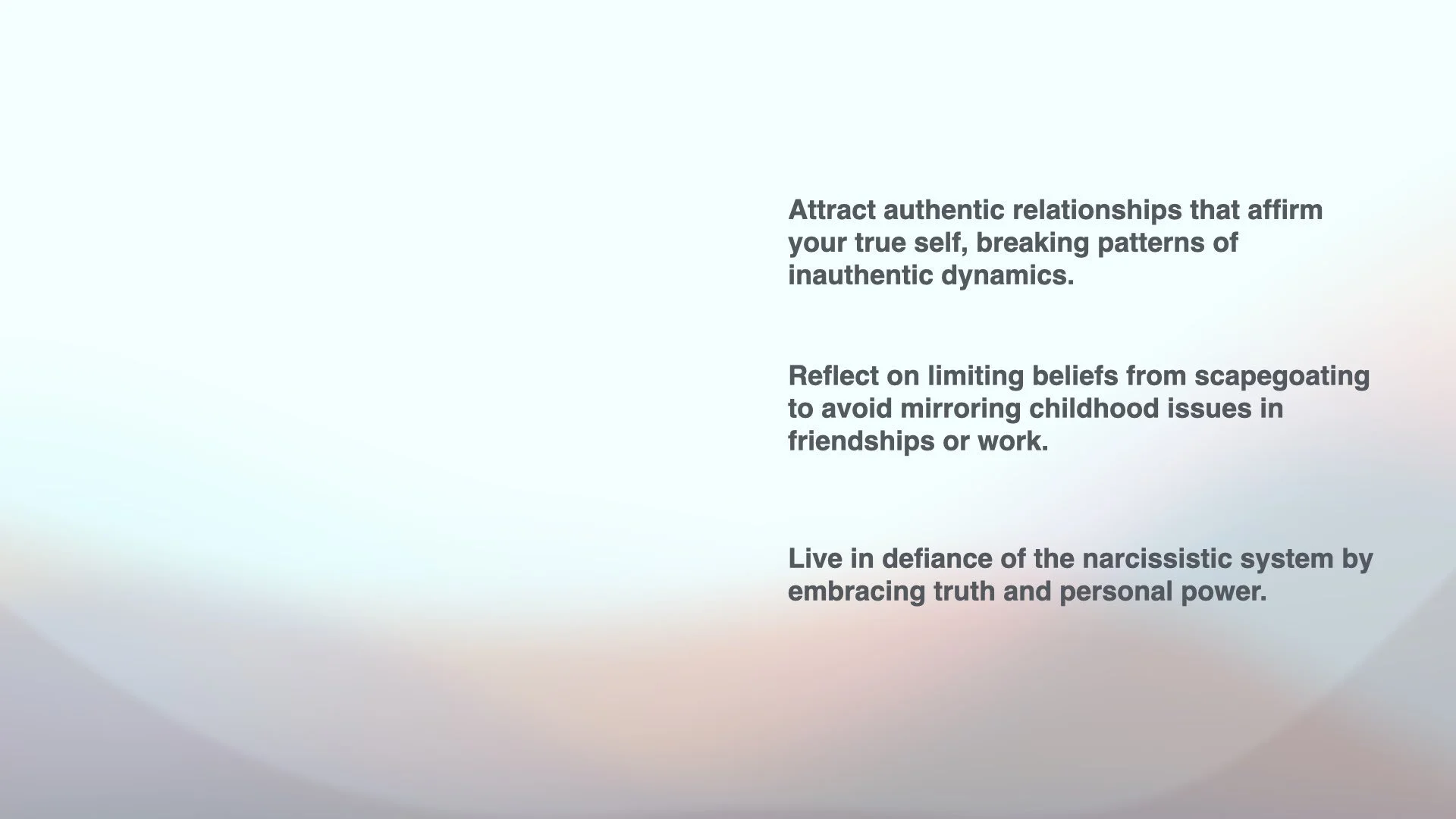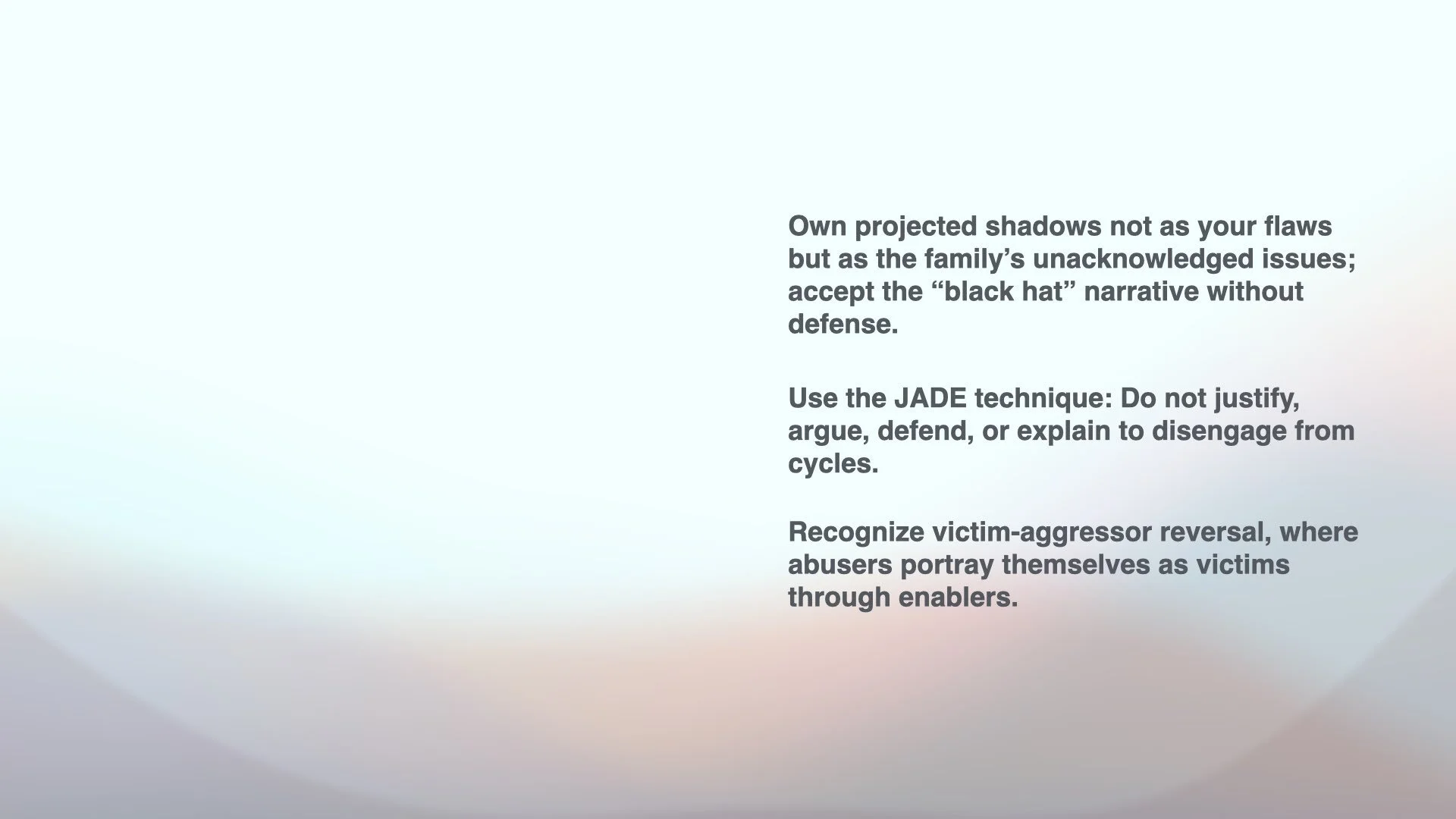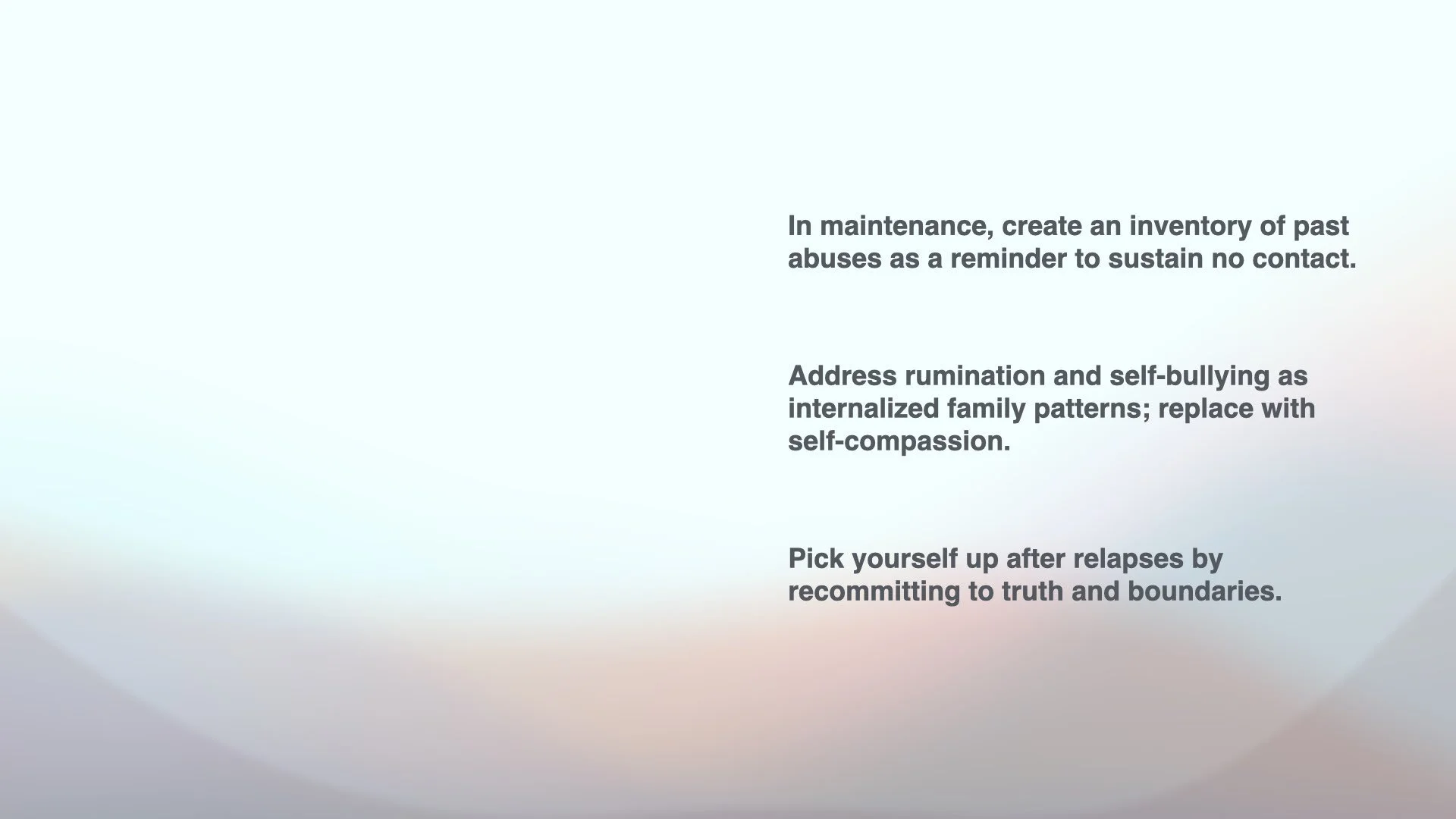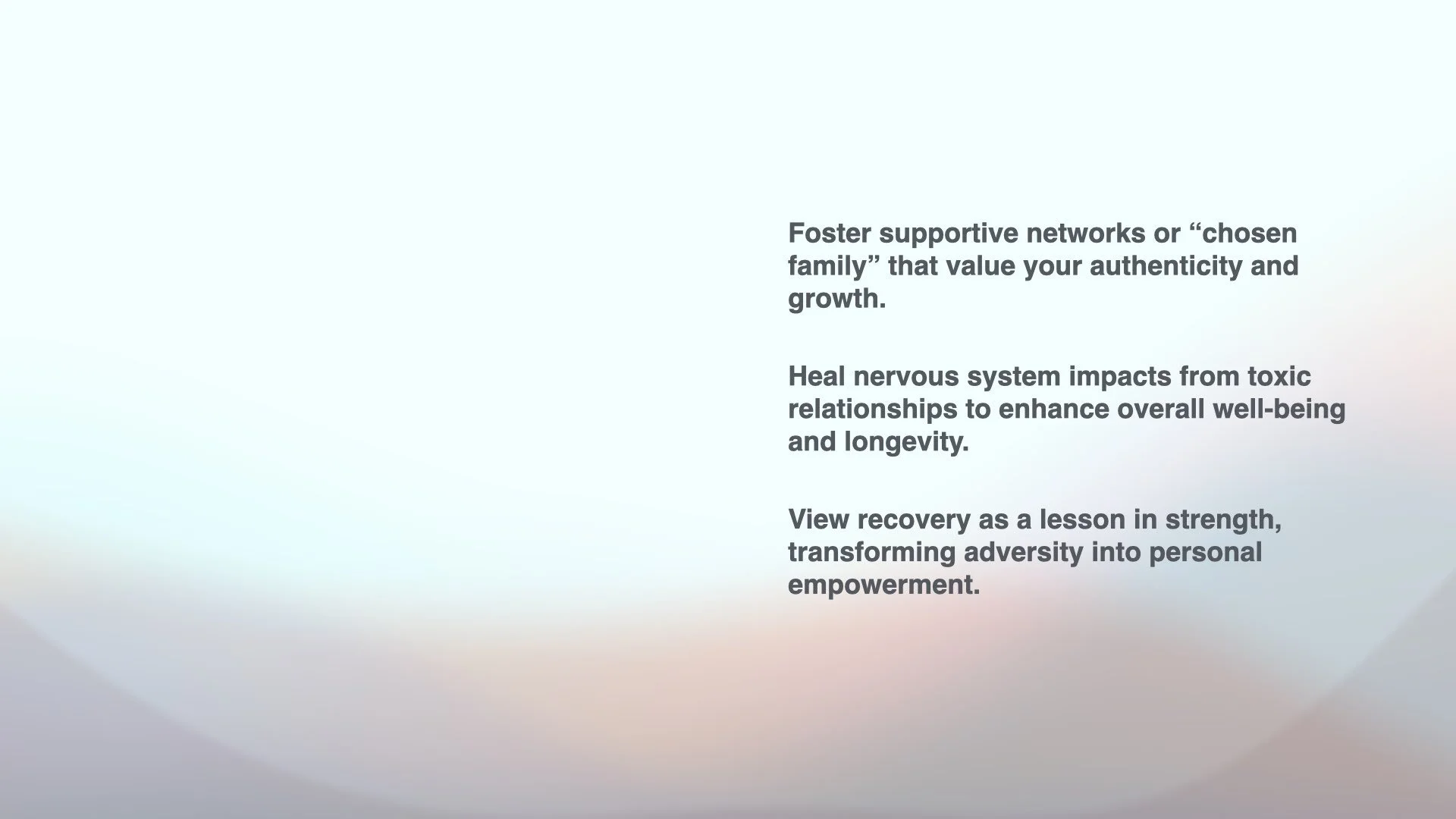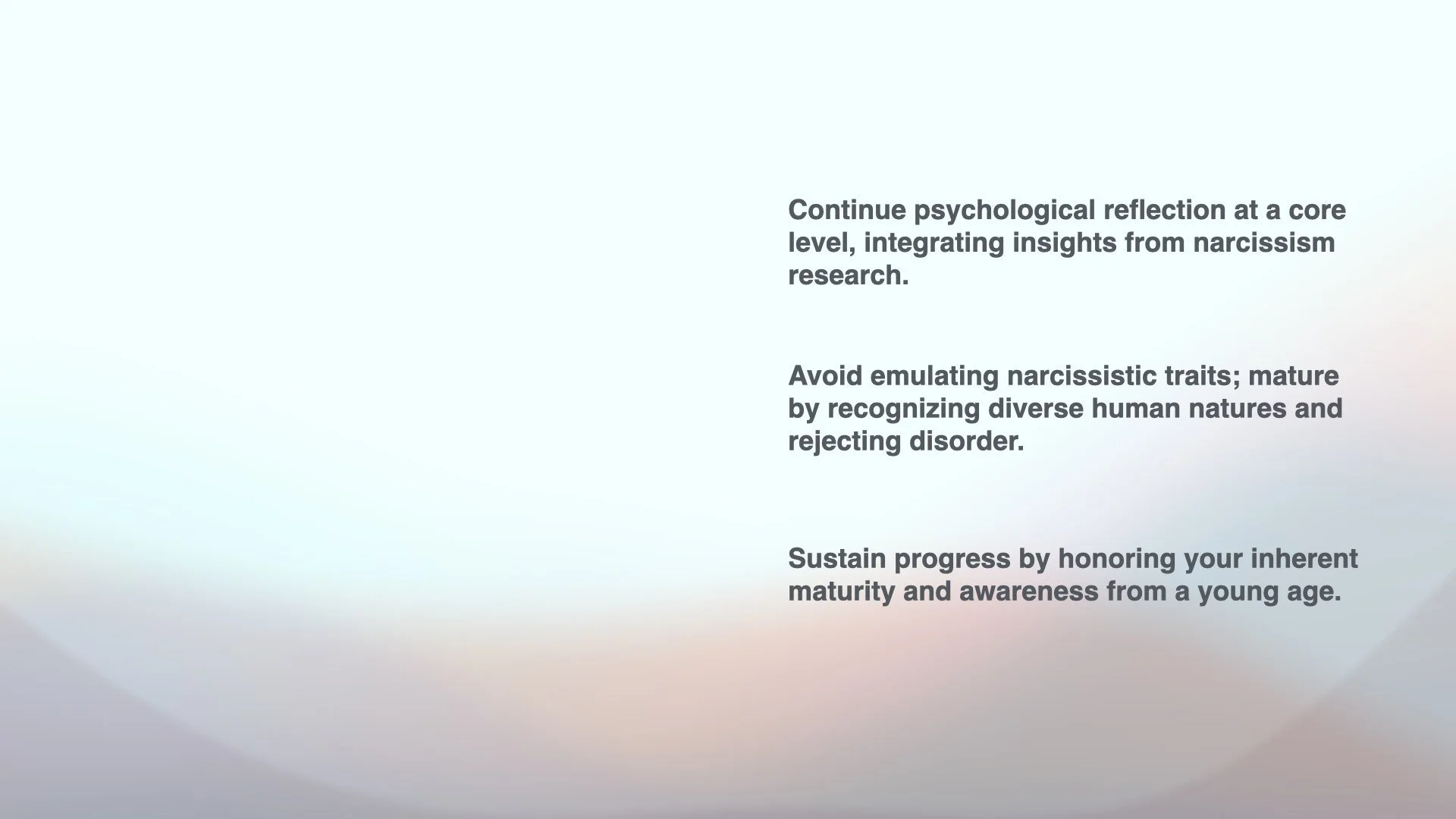Navigating No Contact: Applying the Theory of Change Model
This blog post supplements my YouTube video, discussing common patterns for scapegoats after no contact. I'll explore the Theory of Change Model, adapted from addiction contexts, for recovering from narcissistic family dynamics.
Understanding the Theory of Change Model in Narcissistic Abuse Recovery
The Theory of Change Model includes stages: denial, pre-contemplation (sensing but minimizing problems), contemplation (understanding but fearing action), action (stopping the behavior), and maintenance (sustaining progress). A relapse can return you to denial or inaction.
In narcissistic abuse from your family of origin, mistreatment feels normal. Initially, you might blame yourself or deny betrayal due to pain. Time leads to minimization or self-gaslighting, as we idealize family as supportive.
In scapegoat homes, you serve the narcissist, with siblings aligning. As a child, suppression protects from overwhelm. Adulthood brings awareness of mistreatment, entering pre-contemplation via videos or literature on narcissism.
As discussed in my interview with Sam Vaknin, the explanatory heuristic applies: the narcissism lens clarifies behaviors, but requires discernment of facts with skepticism to avoid self-doubt.
This model explains resistance to change. Freud's defenses sabotage via justifications. We're multifaceted; honoring glimpsed truth is key—once seen, it persists.
Stages in the Narcissistic Abuse Cycle: From Denial to Action
Denial dominates childhood due to projections and family alignment. Avoiding conflict perpetuates attacks when truthful. Research shifts to action, but returning after no contact often involves false hope.
Codependent clients, still in relationships, seek partner therapy. Narcissists may show reflection, but their false self limits change, as Sam Vaknin notes—they externalize faults. Prolonged exposure can foster defensive narcissistic traits in codependents.
Maturity recognizes human diversity; narcissism is a disorder not to emulate.
Overcoming False Hope and Moving to Maintenance
Pre-contemplation clients cling to future faking, like promises of therapy—actually hoovering and love bombing. In families, post-no-contact suggestions of change exploit desires for health, but cycles repeat.
Seek internal validation; professionals spot patterns, but you must act on your truth, avoiding false consciousness amid cognitive dissonance and instincts.
Accept unfixable dynamics; action means low or no contact, as narcissists rarely change. Don't wait—live independently. Maintenance avoids relapse; reasons like kids or mortgages aren't valid, per Sam Vaknin.
Ongoing abuse is toxic, harming well-being. View it as a lesson for strength.
Rebuilding Identity and Embracing Authenticity Post-No Contact
Honor truth despite loneliness and identity shifts—your conclusions were inaccurate, rumination family-induced. Release projections, find supportive friends. Scapegoats reflect truth; defy the system.
After decades, similar dynamics recur in relationships. Heal limiting beliefs; core abandonment evokes the orphan archetype. As Plato suggests, truth is recollection—you knew early, shining despite dimming.
Narcissists subjugate; own their shadow. Accept "black hat" smears without JADE (don't justify, argue, defend, explain). Manage accountability impulses—communication is unproductive.
Reversal: they project, victimize via enablers urging forced harmony. True harmony requires authenticity, not dysfunction.
Sustaining Recovery: Maintenance Strategies for Long-Term Healing
Covered: low/no contact, Theory of Change Model. Denial from survival; knowledge sparks contemplation, action follows courage. Maintenance uses inventories of abuses as reminders.
Relapse? Recommit to truth. Accept black hat, build chosen family, live defiantly. Noticed these patterns? Share below.
Download the Reports for The Scapegoat & Narcissistic Abuse Recovery Course + 45pg Healing Toolkit: https://blaketherapy.ca/the-ultimate-toolkit.
Thanks—wishing you strength.





